How To Install Cctv Camera On Pole ?
To install a CCTV camera on a pole, follow these steps:
1. Choose a suitable location on the pole where the camera will have a clear view of the area you want to monitor.
2. Ensure that the pole is sturdy enough to support the weight of the camera and any additional equipment.
3. Mount a camera bracket or housing onto the pole using appropriate mounting hardware.
4. Connect the camera to a power source, either by running a power cable down the pole or using a nearby power outlet.
5. Run the necessary cables (such as video and audio cables) from the camera to the recording device or monitor.
6. Adjust the camera's position and angle to achieve the desired field of view.
7. Securely fasten all cables and connections to prevent damage or tampering.
8. Test the camera to ensure it is functioning properly and adjust any settings as needed.
9. Consider adding additional security measures, such as tamper-proof covers or protective enclosures, to protect the camera from vandalism or harsh weather conditions.
1、 Selecting the appropriate pole for CCTV camera installation
Selecting the appropriate pole for CCTV camera installation is crucial to ensure optimal surveillance coverage and stability. When installing a CCTV camera on a pole, it is important to consider various factors to ensure the best results.
Firstly, the height of the pole should be determined based on the area to be monitored. Higher poles provide a wider field of view, but it is essential to strike a balance between height and clarity. Additionally, the pole should be sturdy enough to withstand environmental conditions such as wind, rain, and extreme temperatures. Galvanized steel or aluminum poles are commonly used due to their durability and resistance to corrosion.
Furthermore, the pole should be strategically placed to minimize obstructions and maximize coverage. Consider the line of sight and potential obstacles such as trees, buildings, or other structures that may hinder the camera's view. It is also important to ensure that the pole is located in an area with a stable power source and access to network connectivity for remote monitoring.
In terms of installation, it is recommended to consult with a professional to ensure proper mounting and wiring. They can provide guidance on the appropriate brackets, clamps, or mounts required for the specific camera model and pole type. Additionally, they can assist in setting up the necessary cables and connections for power and data transmission.
As technology advances, new developments in CCTV camera installation on poles are emerging. For instance, some poles now come equipped with integrated power and network connectivity, simplifying the installation process. Additionally, advancements in wireless technology have made it possible to install cameras without the need for extensive cabling.
In conclusion, selecting the appropriate pole for CCTV camera installation involves considering factors such as height, durability, placement, and access to power and network connectivity. Consulting with professionals and staying updated on the latest advancements in installation techniques can ensure a successful and effective surveillance system.
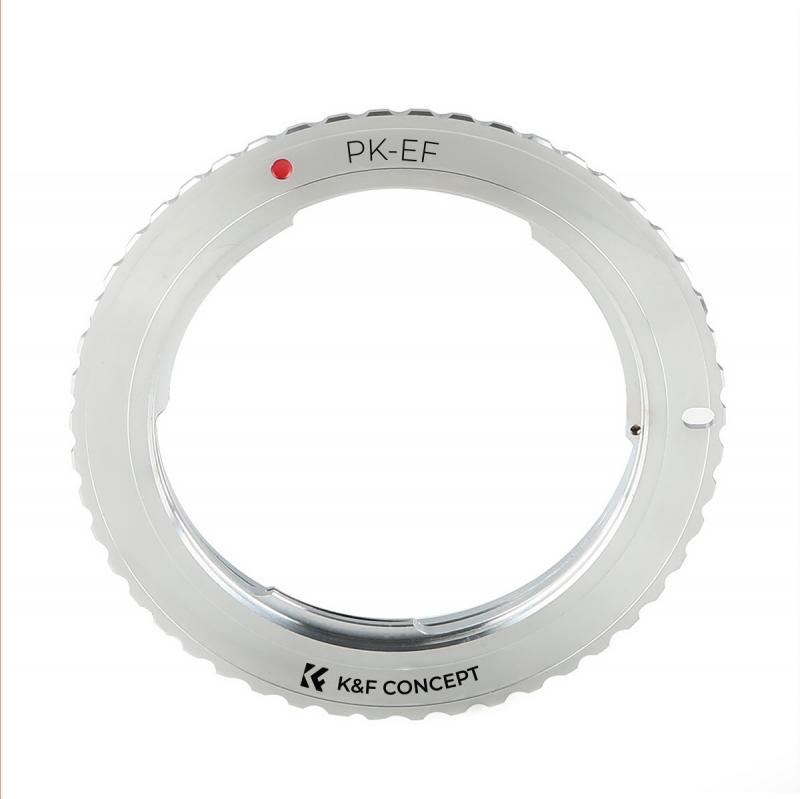
2、 Mounting the camera securely on the pole
To install a CCTV camera on a pole, it is crucial to ensure that the camera is securely mounted. Here is a step-by-step guide on how to mount the camera securely on the pole:
1. Choose the right pole: Select a sturdy and stable pole that can support the weight of the camera and withstand environmental conditions such as wind and rain. Ensure that the pole is tall enough to provide an optimal view of the area you want to monitor.
2. Position the camera: Determine the ideal location for the camera on the pole. Consider factors such as the camera's field of view, angle, and distance from the area of interest. It is recommended to position the camera at a height that is difficult to reach or tamper with.
3. Attach the mounting bracket: Use a mounting bracket specifically designed for pole installations. Securely attach the bracket to the pole using appropriate screws or clamps. Ensure that the bracket is level and tightly fastened to prevent any movement or slippage.
4. Connect the camera: Once the bracket is securely mounted, attach the CCTV camera to the bracket using the provided screws or mounting mechanism. Ensure that the camera is aligned properly and tightened securely to prevent any misalignment or movement.
5. Adjust the camera angle: Adjust the camera's angle and direction to achieve the desired field of view. Use the camera's pan, tilt, and zoom features, if available, to fine-tune the positioning. It is recommended to test the camera's view before finalizing the installation.
6. Secure the cables: Properly secure and route the camera's cables along the pole to prevent any damage or interference. Use cable clips or conduit to keep the cables organized and protected from the elements.
7. Test the camera: After the installation, test the camera to ensure that it is functioning correctly. Check the video feed, adjust any settings if necessary, and verify that the camera is capturing the desired area effectively.
It is important to note that local regulations and guidelines may vary, so it is advisable to consult with professionals or local authorities for specific requirements and recommendations. Additionally, consider the latest advancements in camera technology, such as wireless connectivity or solar-powered options, which may provide more flexibility and convenience in pole-mounted CCTV installations.
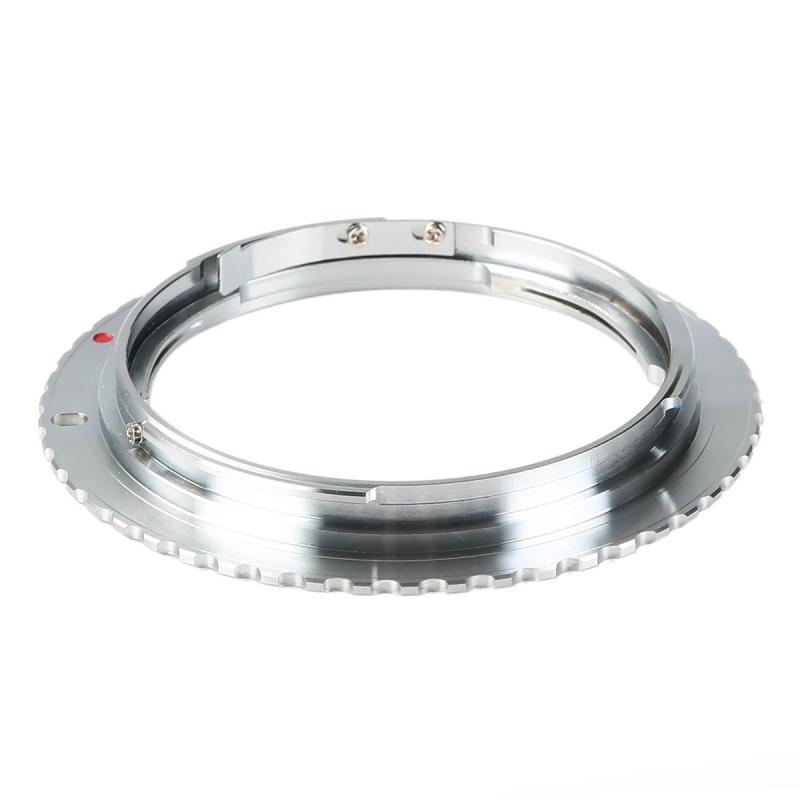
3、 Running and concealing the necessary cables
To install a CCTV camera on a pole, one of the crucial steps is running and concealing the necessary cables. This ensures a clean and professional installation while also protecting the cables from damage and vandalism. Here's a step-by-step guide on how to accomplish this task effectively:
1. Plan the cable route: Before running the cables, carefully plan the route they will take from the camera to the recording device or monitor. Consider factors such as distance, obstacles, and potential interference.
2. Choose the right cables: Select high-quality cables that are suitable for outdoor use and can withstand harsh weather conditions. Opt for cables with proper shielding to minimize signal loss and interference.
3. Prepare the pole: Ensure that the pole is sturdy and securely installed. Clean the pole surface and remove any debris or obstacles that may hinder cable installation.
4. Run the cables: Start by attaching the cables to the camera and carefully guide them along the pole. Use cable clips or conduit to secure the cables and prevent them from sagging or tangling. If possible, avoid running the cables in a straight line to make them less visible and vulnerable to tampering.
5. Conceal the cables: To protect the cables from vandalism and harsh weather, consider using cable covers or conduit to conceal them. This will also give the installation a neat and professional appearance.
6. Test the connections: Once the cables are in place, test the connections to ensure proper functionality. Check for any signal loss or interference and make adjustments if necessary.
It's worth noting that with advancements in wireless technology, some CCTV systems now offer wireless connectivity, eliminating the need for running cables. However, wired installations still provide a more reliable and secure connection, especially for long-distance surveillance.
In conclusion, running and concealing the necessary cables is a crucial step in installing a CCTV camera on a pole. By following the steps outlined above, you can ensure a clean and professional installation while protecting the cables from damage and vandalism.
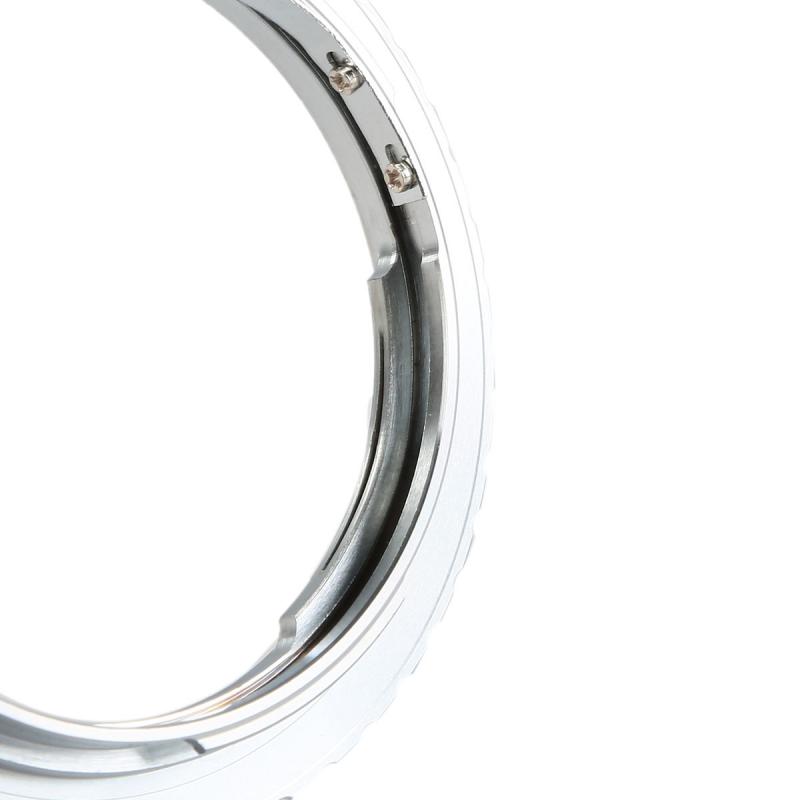
4、 Adjusting the camera angle and positioning for optimal coverage
To install a CCTV camera on a pole, follow these steps:
1. Choose the right pole: Select a sturdy and tall pole that provides a clear line of sight for the camera. Ensure that the pole is securely anchored to the ground.
2. Mount the camera: Attach the camera to a mounting bracket designed for pole installation. Make sure the bracket is compatible with the camera and provides a stable base.
3. Adjust the camera angle: Position the camera at the desired angle for optimal coverage. Consider the area you want to monitor and adjust the camera accordingly. It is recommended to tilt the camera slightly downwards to capture a wider field of view.
4. Secure the camera: Once the camera is positioned correctly, tighten the mounting bracket to secure it in place. Ensure that the camera is firmly attached to the pole to prevent any movement or tampering.
5. Connect the camera: Run the necessary cables from the camera to the recording device or monitor. Use weatherproof connectors and cable management techniques to protect the cables from environmental factors.
6. Test the camera: Before finalizing the installation, test the camera to ensure it is functioning properly. Check the video feed and adjust the camera angle if necessary.
7. Consider the latest advancements: With the rapid advancements in technology, consider installing cameras with features like pan, tilt, and zoom capabilities. These cameras can be remotely controlled and provide a wider coverage area.
Remember to comply with any local regulations or permits required for installing CCTV cameras. Additionally, consult with a professional if you are unsure about any aspect of the installation process.
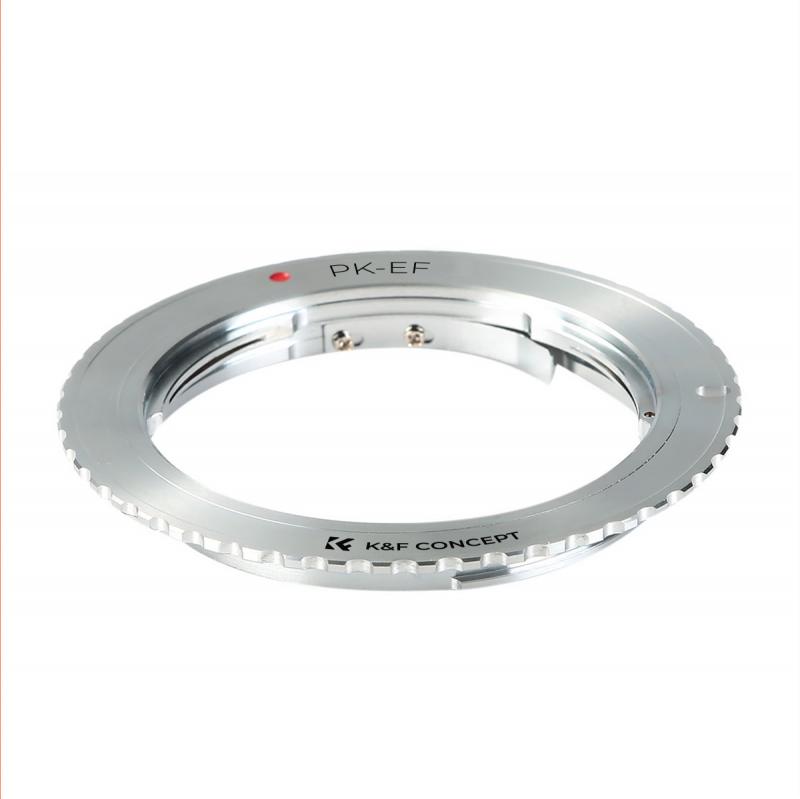






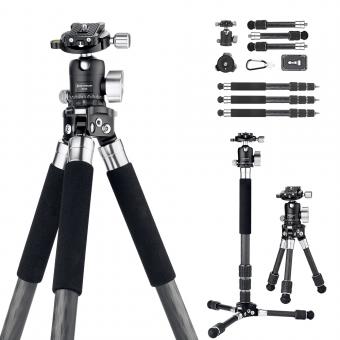
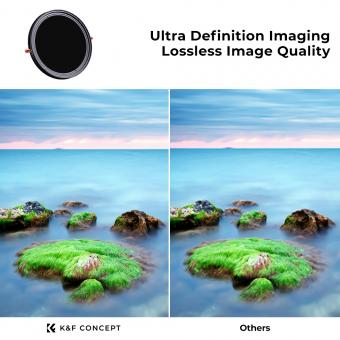





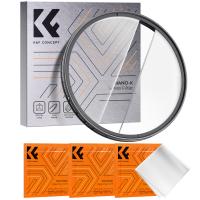

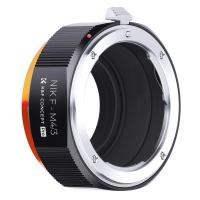
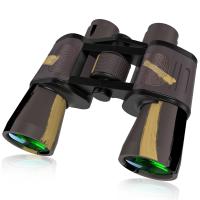


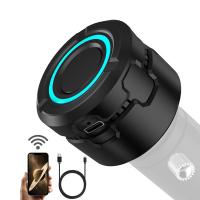
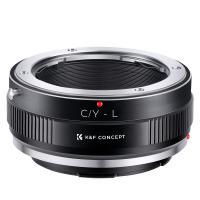

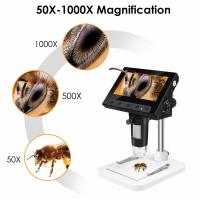

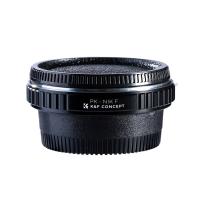



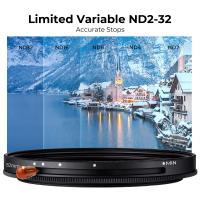


There are no comments for this blog.